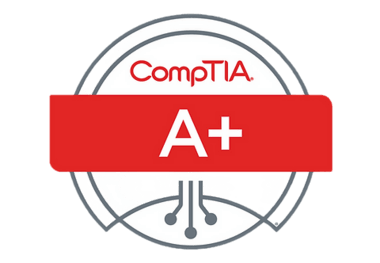The focus of an earthquake is the point underground where ro - GED Prep
Question
The focus of an earthquake is the point underground where rocks begin to break-that is, the depth at which the earthquake begins. Its epicenter is the point on Earth's surface directly above the focus. A shallow earthquake is less than 70 kilometers (km) deep, an intermediate earthquake is 70 to 300 km deep, and a deep earthquake is 300 to 700 km deep. Shallow earthquakes are more likely to cause severe damage at the surface.
A region in California is prone to earthquakes. As part of a study to improve earthquake readiness, seismic experts collect focus data on earthquakes that have occurred in the region in the last 100 years. Some of these data are included in the table.
Based on the information in the table and in the passage, which statement best summarizes the trend in the focus of earthquakes in this area? You may use the calculator.
Answers
-
-
-
-
correct
Explanation
Correct Answer: D.
The table shows a sequence of earthquakes with focus depths starting at 90 km and ending at 65 km. There is a general decrease in the depth of the focus points over the given period, with the most recent earthquakes being shallower than earlier ones. Considering the definition of shallow, intermediate, and deep earthquakes, it can be inferred that these earthquakes have remained in the shallow to intermediate range, but the trend suggests that they have been getting shallower over the years. This trend suggests that more recent earthquakes may have been more likely to cause severe damage at the surface, given the association between shallower foci and increased surface impact.
No Payment Cards Needed






